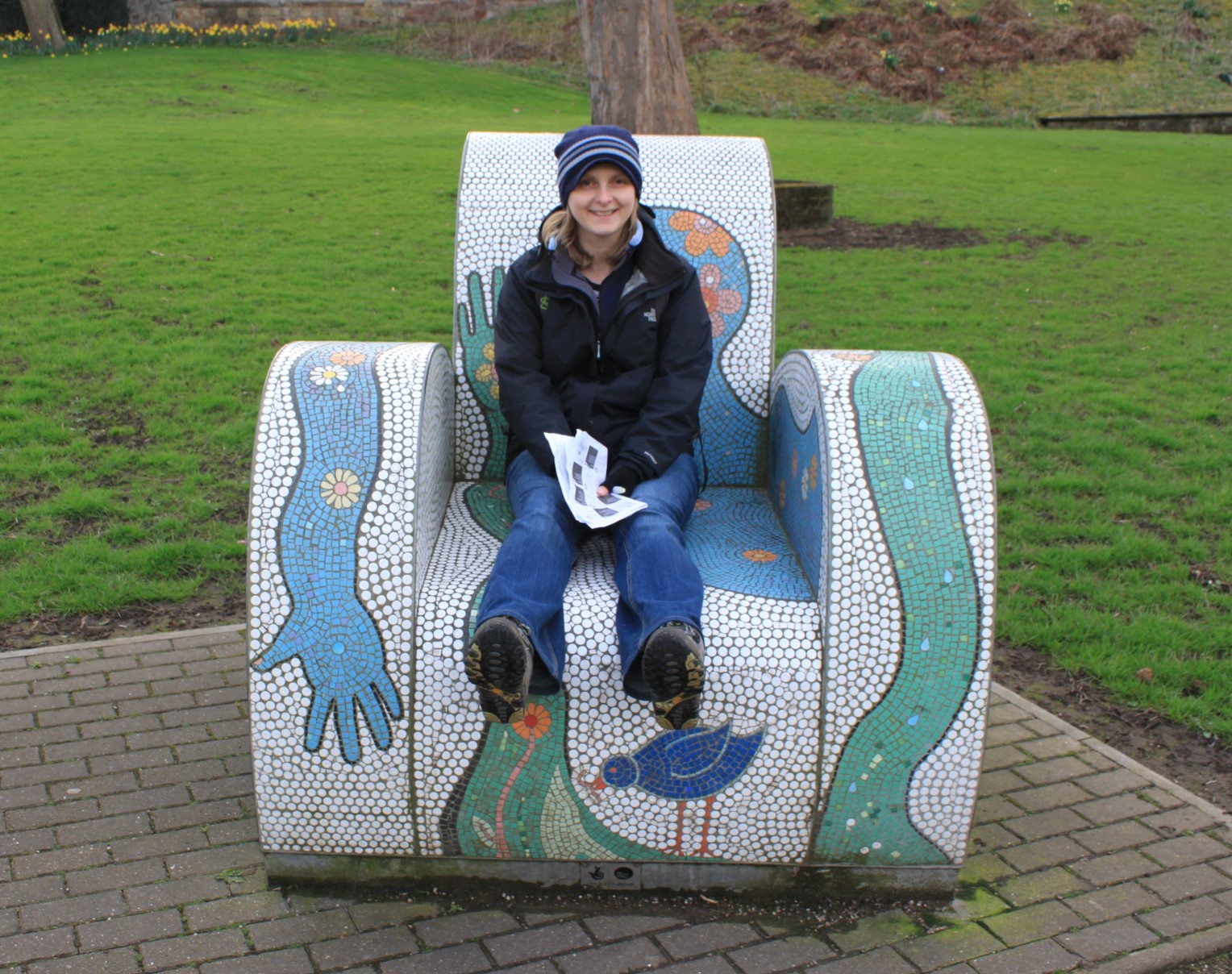The oft-asked question “what do you want to be when you grow up?” is usually answered with aspirational thoughts of becoming an astronaut, a doctor, or a lawyer.
A world away from that – but perhaps no less exotic – is that of a Treasure Trail Writer, whose flair, imagination and creativity transforms our surroundings into a fascinating, thought-provoking adventure.
Jane Harvey, from Harrogate, is a full-time Trail Writer and is charged with piecing together spy missions, detective mysteries and treasure hunts for the company, which now has more than 1,200 Trails across the UK.
Ten years ago, the 45-year-old and her long-time partner Neil Jager answered a local newspaper advert seeking people who loved “the outdoors and puzzles”, having returned from living and working in Asia.
“We were hooked before we'd even done our first Trail,” said Jane.
“I've always been curious from a very young age about where different paths lead, what's on the other side of that hill, or what that strange carved stone is, who put it there, when and why.
“After a family holiday to Swanage when I was seven, my mum had little choice but to book a holiday to the Isle of Wight the following year as I wouldn't stop badgering her about going to the island we could see across the sea. The year after, we went to Guernsey as I needed to know what was beyond the horizon.”
After an expected drop-off in demand when the first lockdown was enforced in March last year, Treasure Trails sales soared as people realised they were an ideal, Covid-resistant activity, being both outdoors and socially distanced.
Designed to engage children from as young as six and upwards, they really are a family affair, but work just as well for groups of friends, small parties and couples fancying a date with a difference.
Jane and Neil, who met whilst studying their respective geography and social history degrees at Lancaster University, have had the travel bug for many years. Trail writing presents them with the perfect opportunity to get out and explore.
She added: “The thing I love most about creating Trails is getting to explore the most scenic and intriguing places; to discover the most interesting, tucked away features and then share these discoveries with all who embark on that Trail.
“The feedback that puts the biggest smile on my face is always the 'We'd never have discovered that without the Treasure Trail', or the 'I've lived here all my life but the Trail took me to parts I'd never seen before'.”
Creating a Trail – which is typically around two miles long – is a detailed process.
In theory, it can be done in a week, but it is often spread out over several to give the writers time to digest what they have discovered and create the perfect Trail.
After picking a location, they do initial research online to find the main points of interest to include on the route, learn more about the local history and geography and dig up some hidden gems and unusual facts.
It also helps to determine which of the three Trail themes fit the location best and provide an idea of a focus for the fictional backstory.
Jane added: “Once we're well-prepared, we wait for a good weather day. You don't need sunshine to do a Treasure Trail, but for writing one, making notes and taking the best photos for the clues and front cover, a bright and dry day helps.
“When the time is right, we head out to the location for the day, walking our planned route, photographing all the interesting features we've identified plus all the ones we haven't too, as well as making notes on the directions to ensure people can easily follow the route without the need of a map.”
Some of the clues are written there and then, especially ones which involve following the gaze of a statue or taking a certain number of paces from one spot to locate a hidden feature nearby. Other clues are simply photographed, together with jotted ideas which will be developed later.
“As we're stood there, me with a map, notebook and pen in hand, Neil with the camera snapping away, we often get approached by people asking what we're up to, or more likely asking us whether we're lost.
“Once we've explained what we're doing, people are usually very forthcoming with suggestions and recommendations and we've discovered some real gems that we might not have discovered ourselves.”
The final stages of the Trail writing process are done back at the computer - creating the backstory, clues, answers and the conclusion to the mystery as well as adding facts and threading the story throughout the Trail for brave future adventurers to follow. Once tested, the Trail is then published, and we sit waiting for that first correct answer to come in - mission complete.
It's not all flasks of coffee and leafy idylls, though - there is a downside to being a Trail Writer.
Jane said: “We can never switch off, wherever we are. Anywhere we visit, we take more notice of the features around us, detour down random paths, always stop to read a plaque, and if we walk past a really interesting building, we'll turn to each other and say: 'That'd make a great clue!'”
